
You know when you see a photo of a location and when you get up close, it’s not exactly what you expected to see.
This is how I felt about Oosugi Jinjia Kokuzoson in Nikko. Kokuzoson (虚空蔵尊) means “God of Emptiness”. I am not an expert nor can I explain emptiness, but here is a good article that is about Buddhism and emptiness.
Prior to visiting this area, I heard about this shrine with cedar trees all around. In fact, this is what I was expecting… Well, it was December, when I went, but I was expecting many trees.
Any semblance of lush greenery, this place was devoid of that. In fact, it looked lonely, creepy, abandoned and forgotten.
While you can see renovations taking place, I wondered what happened to the trees that once surrounded this shrine (Note: My research shows the trees removed as of 2016 but were there as of 2014). Granted, there are trees in the area and being there in December, there were no leaves. but still, how this shrine looks today is nothing like the pictures you have seen online.
Perhaps the fields around the area are incorporating new homes being built? I am not sure but I couldn’t help but feel sadness when I visited the area


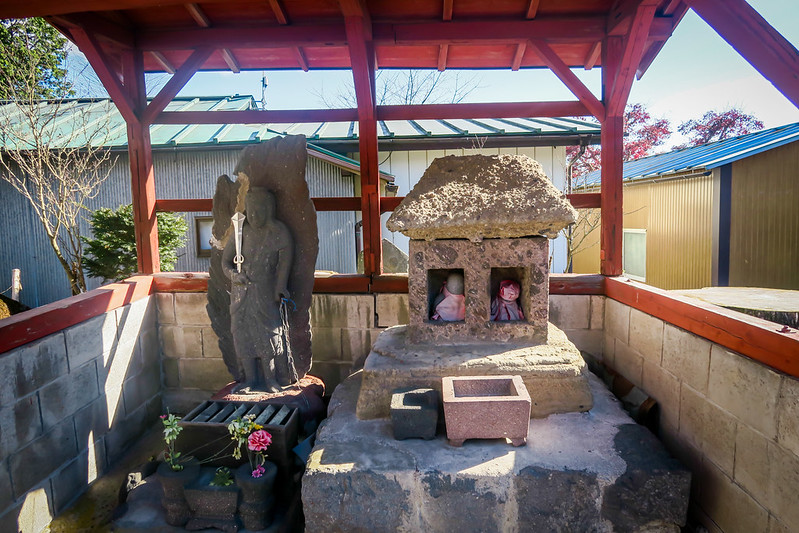

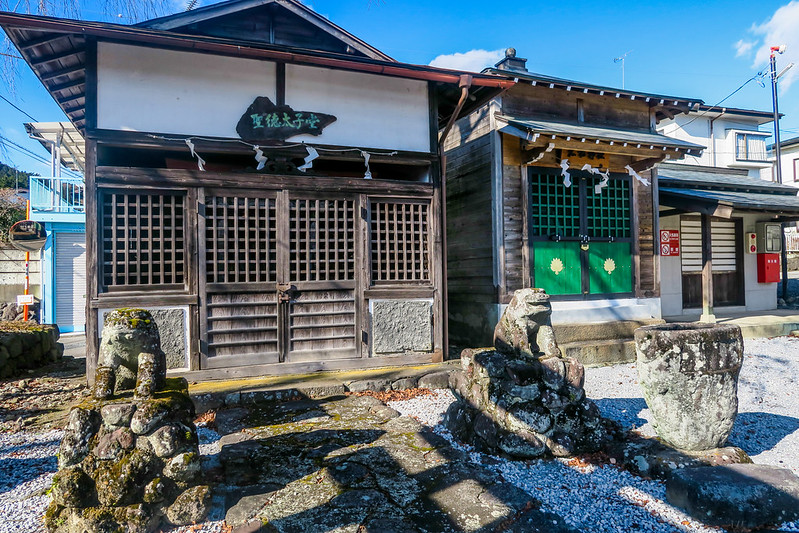
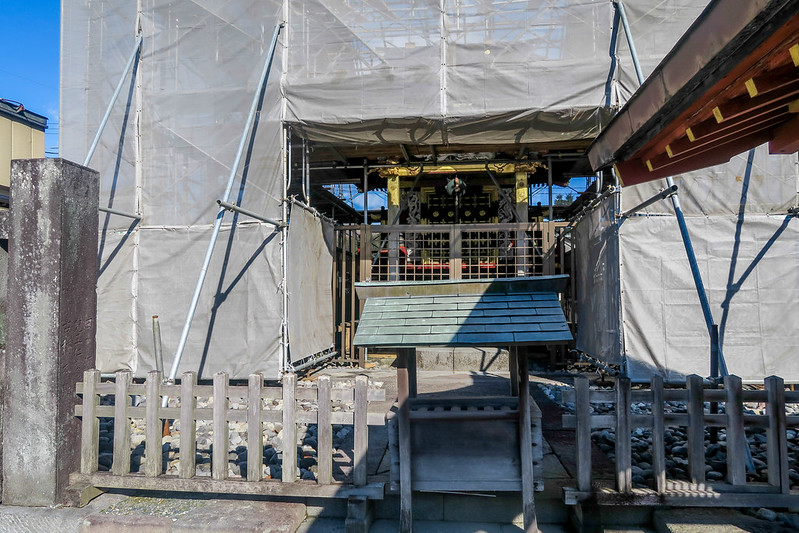
Something new is being added on top or perhaps renovation to the per-existing roof. Not sure what the plans are… But if you want to see it before renovations, please click here.

Osugi Shrine is located on the left and within the past few years, was painted green. To the left and also has guard dogs is “Shōtokutaishi-dō-tō”. I am taking a guess that this is in honor or Prince Shotoku, many believed Prince Shotoku protected Japan, the Imperial Family and Buddhism.
So, well revered in Japan, many will find statues of Prince Shotoku and the 10,000 yen features Prince Shotoku.
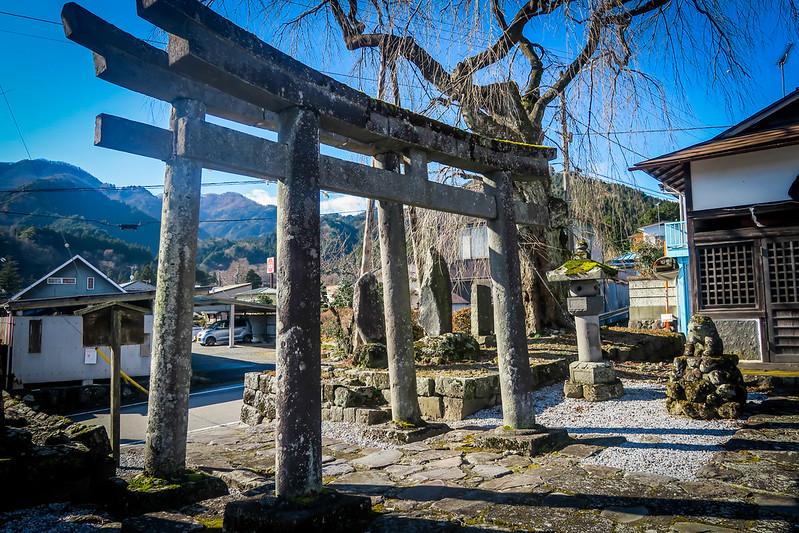
One thing that I thought was cool is seeing two Torii’s at the entrance.

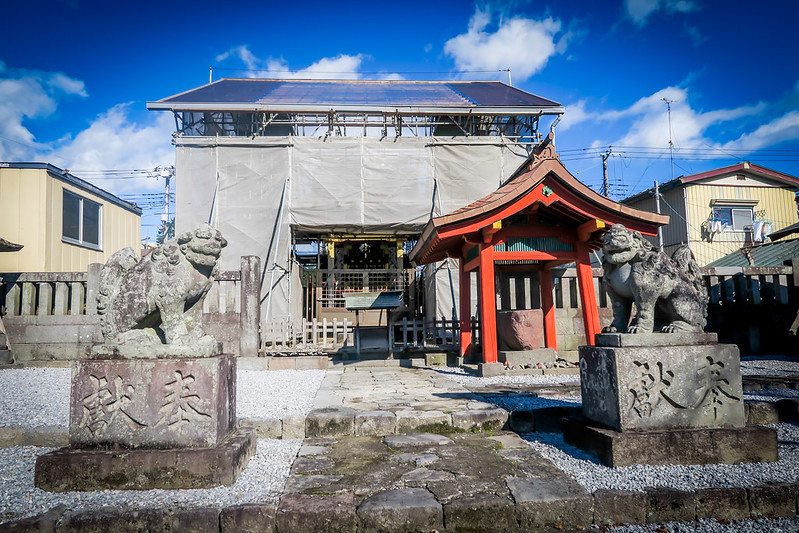
The guardians of the shrine that were created in 1827.
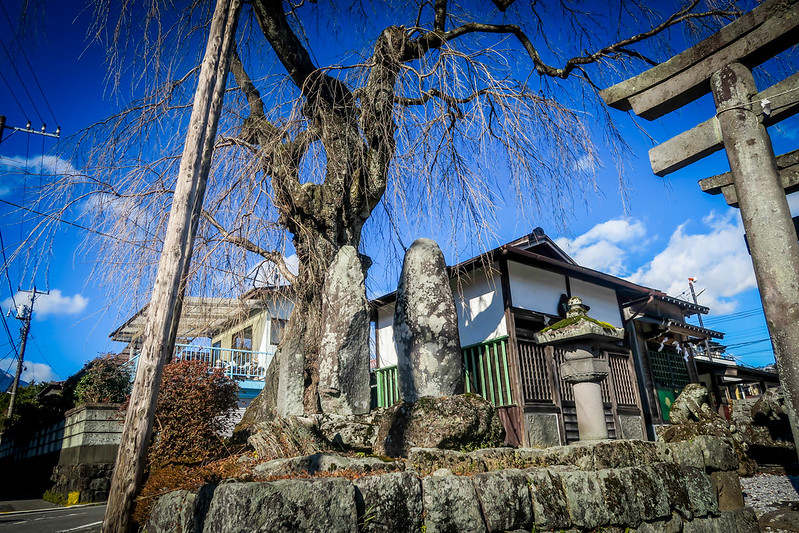
Cherry tree still months away from blossoming..

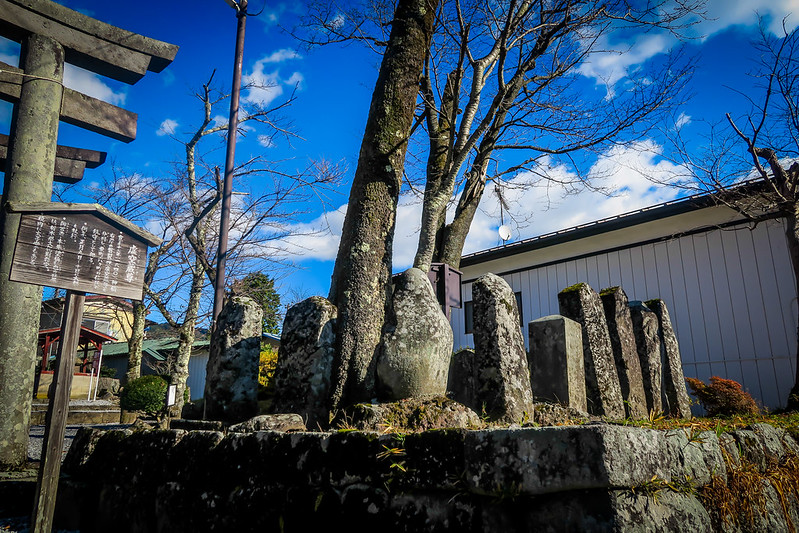
Oosugi Jinja Kokuzoson in Nikko was a temple designated by the Tochigi Prefecture as an Important cultural Property back in 1983 because the shrine was built in the middle of the Edo period (1603-1868).
I read that the location would be built in 1640 and was rebuilt after a fire engulfed the area in 1684. It took five years to build the new location and completed in 1692 with a copper tile roof.
I can only hope that whatever restructuring the shrine is going through, brings back some semblance of the beautiful scenery that location once had. Granted, it won’t be the same but for a shrine with so much history, hopefully the improvements make things much better looking than the site that I saw.
